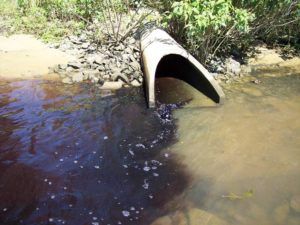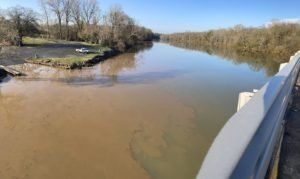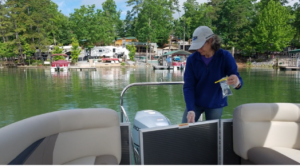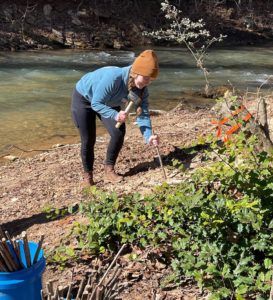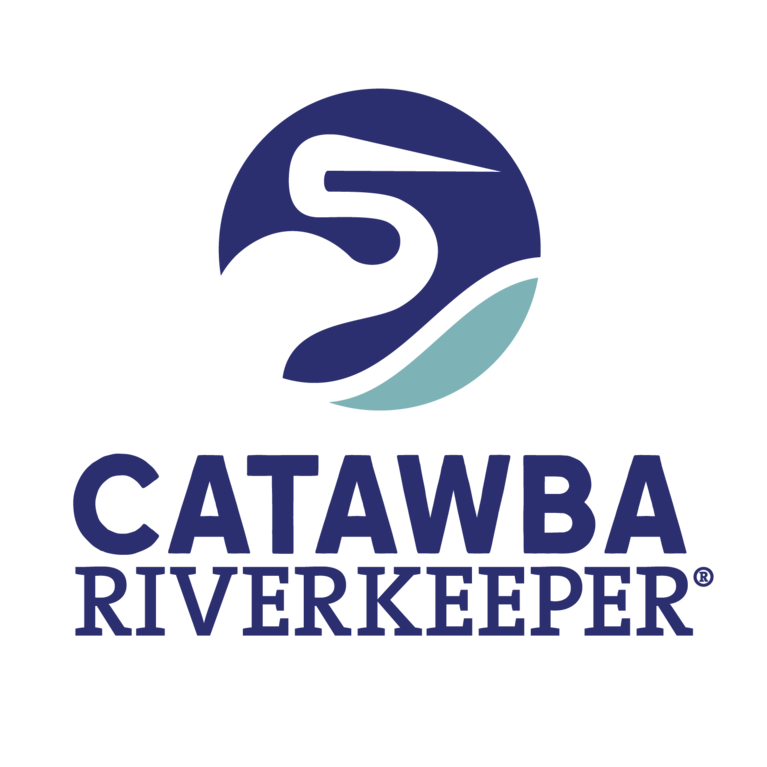Catawba Riverkeeper
Protection Priorities
Catawba Riverkeeper works to protect the health of our lakes, rivers & streams for all who depend on them. In our strategic plan, we’ve categorized the work we do to sustain and enhance the River into four categories: permitted pollution, storm water, swim, drink, fish, and restoration.
Permitted Pollution
Did you know there are over 350 permitted discharges of pollution into the Catawba River? The National Pollutant Discharge Elimination System or NPDES was created in 1972 by the Clean Water Act to address water pollution by regulating point sources that discharge pollutants into waters of the United States.
Every 5 years NPDES permits come up for comment, adjustment, and renewal. Our team of scientists review these permits and advocate for changes and enforcement. Learn more about Catawba Riverkeeper’s NPDES Permit Review Program.
Success Story: In 2022, Catawba Riverkeeper successfully advocated for a discharge permit to be strengthened to protect the quality of the North Fork of the Catawba River in McDowell County - a Class B Trout Stream. Read the story here.
Stormwater
Stormwater runoff from land use changes is the single largest source of pollution into the river. When it rains, the rain carries litter, oil, fertilizers, bacteria, and sediment or dirt into our storm drains and creeks. These pollutants impact the health of our streams and coves. Catawba Riverkeeper advocates for counties and municipalities to strengthen their stormwater protections. Additionally, Catawba Riverkeeper operates projects or programs to combat specific stormwater issues on the South Fork River and streams in the Northern Basin impacted by poor poultry operation waste storage practices.
Learn more about projects or programs to combat stormwater pollution:
- South Fork River Health Project
- Pure Farms, Pure Waters (Poultry CAFO campaign)
Swim, Drink, Fish
The central tenants of the Clean Water Act in 1972 are to make the waterways of the United States swimmable, drinkable, and fishable. Our most popular water quality monitoring program – Swim Guide – aims to give residents the data they need to make decisions about swimming in our lakes and rivers.
Each week from Memorial Day to Labor Day, our team of staff, volunteers, and interns collect water samples, test them for bacteria or E. coli, and post the results. Learn more about Swim Guide 🡪
Catawba Riverkeeper is also a stakeholder in the Catawba-Wateree Water Management Group, a collective of municipal water users working on best practices for preserving clean and plentiful water.
Restoration
It’s not enough to prevent future pollution. In order to truly improve water quality, we must restore the waterways of the Catawba-Wateree River basin. Through watershed planning, Catawba Riverkeeper scientists are identifying potential streams, creeks, and shorelines for restoration. Once identified a plan is created to collect data and unlock grant funding for restoration projects. Examples of restoration projects include: stream bank repair, beaver dam analog construction, and stream buffer replanting.
View the interactive Northern Catawba Basin Protection Plan
Support Our Foundation
Let's protect the Catawba River!
The Catawba Riverkeeper Foundation is working towards clean, plentiful water now and for generations to come.

